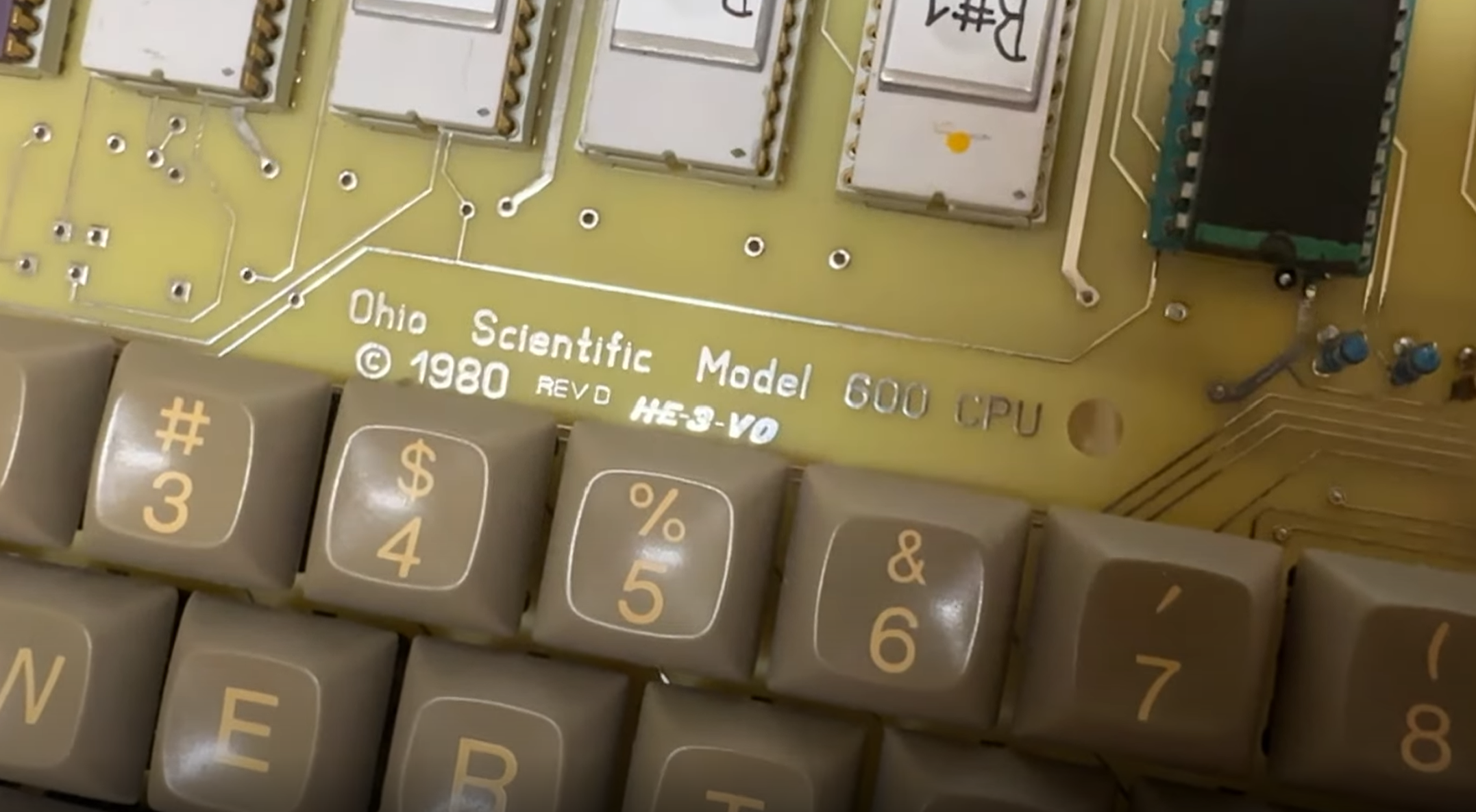Ever been working on a project and get stuck on one of those last little details? That’s what happened to [Empire of Scrap]. He’s building an Ohio Scientific (OSI) superboard II replica. He wants it to be accurate down to the dates on the chips. It is quite an impressive build. The problem is the crystal. OSI used large crystals, even by early 1980s standards. The crystal is in a large can with thick pins, like something you’d expect to find in old radio equipment. The problem is that this crystal package isn’t made anymore.
The crystal had to be exactly 3.932160 MHz, and while [Empire] has a huge collection of vintage crystals, he didn’t have the right one from the 70s. He did, however, have that value in a modern crystal.
The solution? Hide the new crystal in the can of an older one. The only problem is that crystals are sealed. The bottom appeared to be some sort of plastic or resin. Gong after it with a side cutter, [Empire] realized it was glass! Thankfully, none of it got in his eyes, though his hands may have taken a bit of a beating.
With the old crystal’s shell hollowed out, [Empire] installed the modern device and potted everything in resin. The transplant worked. Now, all that’s left is to fire up the OSI and start hacking.
Want to build a replica computer but don’t want to hunt down the parts? Check out [Taylor] and [Amy’s] build of this minipet. Regardless of the size of the case, crystals all work in the same way.
